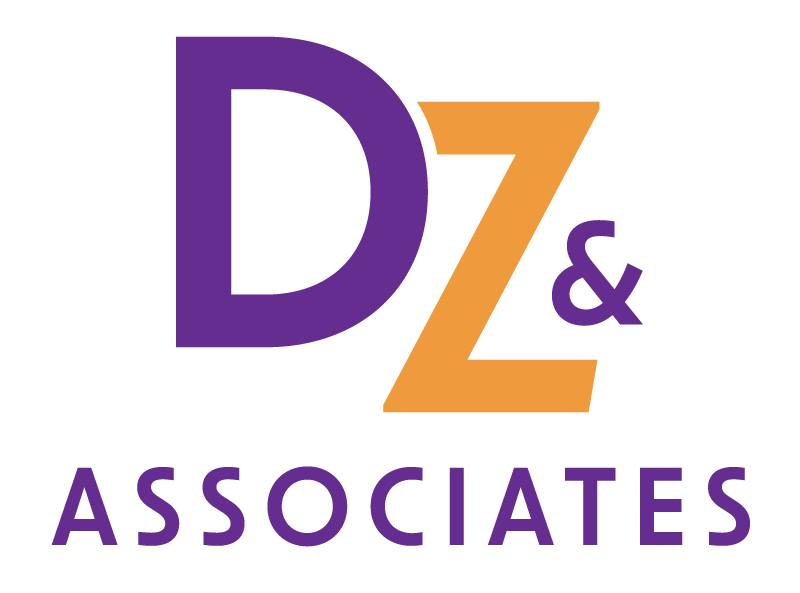Growing your small business with paid search advertising, also known as pay-per-click (PPC), is an integral part of digital marketing. However, the landscape of search advertising has evolved significantly in recent years, with the emergence of new tools and changes in user behavior. With the start of a new year, it’s always a good idea to pause and revisit the fundamentals of a robust paid search strategy. Let’s look at seven essential steps that will empower you to build the best-paid search strategy for the current digital era.
1. Conduct Keyword Research and Understand Keyword Match Types
The bedrock of any successful search ads campaign lies in comprehensive keyword research. While advanced tools are at your disposal, it’s vital to leverage a combination of resources such as Google Ads Keyword Planner, Answer the Public, SEMRush, and more.
Did you know that approximately 15% of Google queries each day are entirely new? This makes it even more important to explore beyond conventional keywords and embrace diversity in your keyword set to enhance campaign effectiveness.
That’s why a firm understanding of keyword match types is a key part of building your search ads campaign. It’s important to note that keyword match types have undergone significant changes over the last few years. Exact match, phrase match, and broad match each have their nuances and a fundamental understanding of these match types is imperative. Take the time to grasp their intricacies, ensuring confidence in utilizing them effectively. A solid grasp of match types lays the foundation for a well-optimized campaign.
2. Regularly Review Search Terms Reports (and Use Negative Keywords)
Given the complexity of match types and the continuous evolution of Google’s search queries, regular review of search terms reports is increasingly more important. Weed out irrelevant queries by strategically incorporating negative keywords. Be sure to check out the upcoming 2024 Google Ads UI. It will streamline this process, making it easier for you as a small business owner to manage and optimize your campaigns effectively.
3. Create a Logical Campaign Structure
Organization is key. As match types become fuzzier and machine learning advances, a logical campaign structure becomes crucial for success. Group similar terms in coherent ad groups and organize them into clear-cut campaigns. Whether by product, service, geography, or budget segmentation, ensure your campaign structure aligns with your business objectives. To help stay on solid footing in 2024, consider exploring the Hagakure Method, an innovative approach that embraces machine learning for simplified account structures.
4. Utilize Conversion Tracking
This step is a must. Conversion tracking is vital to establishing conversion actions at the account level aligned with your campaign goals. Tailor each campaign by selecting specific conversion actions, whether focusing on phone calls, sales, leads, or video engagement. Conversion tracking will provide invaluable insights and is non-negotiable for gauging campaign success. Don’t forget about website tracking software to be sure you’re tracking phone call leads, not just form leads.
5. Use the Right Bidding Strategy
With your keywords organized and your conversion actions in place, it’s time to select the right bidding strategy to complement and align with your campaign goals. Whether it’s Maximize Conversions, Target CPA, Maximize Conversion Value, or Target ROAS, your chosen strategy should complement your objectives. Understanding how each bidding strategy works will help you determine which one is best for you and your small business.
6. Understand How Campaign Types Work Together
The days of standalone search campaigns are long gone. Embrace the integration of various campaign types, including the latest addition—Performance Max. Be mindful of potential overlaps between campaign types, especially regarding keywords and traffic distribution. A comprehensive understanding of how search ads and Performance Max campaigns interact is essential for strategic planning.
7. Make Your Own Choices, Not Google
Google and their optimization tools are very helpful, in fact, deceptively helpful. Their “Recommendations Tab” is full of great ideas, but they are based on what Google wants you to do and the KPIs (Key Performance Indicators) that are most important to them, not you. That’s why it’s essential to take charge of your ad campaign and collaborate with a trustworthy marketing partner who understands your industry and can optimize your campaigns with you. They’ll guide you in how to exercise caution and review suggested changes before implementation. Your 2024 strategy should be crafted by your decisions, not dictated by automated changes.
Rise to New Heights in 2024
Time marches on and with it comes the ever-changing landscape of digital advertising. Whether you are a long-time small business owner or someone just diving in, revisiting these fundamentals ensures a strong footing in the dynamic world of AI, machine learning, and digital marketing. Our team at DZ & Associates is ready to give you the help you need to refine your approach, gain confidence, and propel your paid search strategy to new heights in the coming year. Contact us today to learn more about growing your business together.
Source: LocaliQ

